Excited to share Part #2 of our visual Galápagos island hopping series. Click here to read Part 1 about Bartolomé and North Seymour.
It was our fourth day in Galapagos and we were getting used to the activity-filled days here. Getting up early morning, enjoying a fresh, made to order breakfast and then cruising towards the dock to catch the sailboat for our daily island excursions. By evening, we were tanned enough to enjoy a cold shower (not used to this in Boston!) and then head out to downtown Puerto Ayora for a hearty meal.
After our snorkel success in Bartolomé, we were extremely excited to do it again just outside of Ithabaca Canal. Our guide ensured some awe-inspiring sighting of varied types of fishes, sea turtles and Galapagos sharks! Supriya had never snorkeled before. With the help of our naturalist and of course with the comfort of a life jacket, it turned out to be the best experience of her life.
South Plaza
We had seen several photographs of South Plaza with its colorful vegetation. It is the largest colony of land iguanas and we were quite excited to go there. After a quick 45 minute boat ride, we could spot crystal clear hues of shining blue waters before we had a dry landing on the island. Shortly after stepping on the rocky stairs, we noticed a family of sea lions playing in the coastal channel. As we inched closer, we noticed the Sally Lightfoot crabs clinging on to the rocks next to the sea lions. Such is the harmony in Galápagos!
Few steps inland and we stumbled across colorful land iguanas resting under the shade of the cactus trees. After a while, it was difficult to count them. One interesting fact about this island is that it slopes upwards and you end up reaching a cliff with a sheer drop into the sea. Watching our steps along the marked trails, we followed our naturalist who showed us the nesting grounds for swallow-tailed gulls and precarious viewpoints which are resting pads for red-billed tropic birds, blue-footed boobies and frigates. From a distance, we noticed a sea turtle crawling into the water. Perhaps it was lunch time.
By now we were used to our lunch and snorkel routine. Knowing it was our last island excursion we sat on the top deck of the sailboat and rested our tired bums.
Santa Cruz and Puerto Ayora
Despite a sizeable commercial establishment, Santa Cruz has a lot to offer. It was our home for five days and we never ran out of things to do or places to eat. An hour after our flight landed at Baltra airport, we walked with our naturalist to see the twin craters Los Gemelos. It was interesting to learn about the adapted features of the Scalesia trees popularly referred to as Darwin’s finches of the plant world. A Galápagos dove was nesting on a tree near one of the craters. There was so much to see and we had only started. Walking into the underground lava tunnel and freaking out at the sight of an owl that was probably enjoying its siesta is still an embarrassing memory. Santa Cruz is famous for Charles Darwin’s research station which works towards the conservation of Galápagos tortoises. However, viewing them in their natural habitat is an unforgettable experience. For this, we went to a family farm close to El Chato reserve. Here we not only understood the difference between a saddle-back tortoise and a dome-shaped one but also devoured a fresh empanada with passion fruit juice 😀
We had half of our last day to ourselves and took the opportunity to visit Tortuga Bay and its beach. Well, let‘s just say that it was an experience in itself. So much so that it deserves its own post.
Like Part #1, click to enlarge this collection of photos from these two islands and don’t forget to let us know your favorites!
- The best place to see turtles in Costa Rica - January 4, 2022
- Tips on renting a car in Costa Rica - December 6, 2021
- How to plan one day in Sequoia National Park with kids? - October 25, 2021
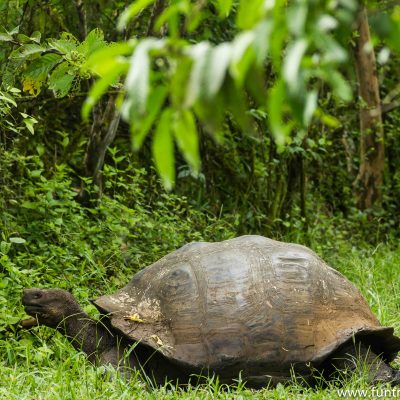
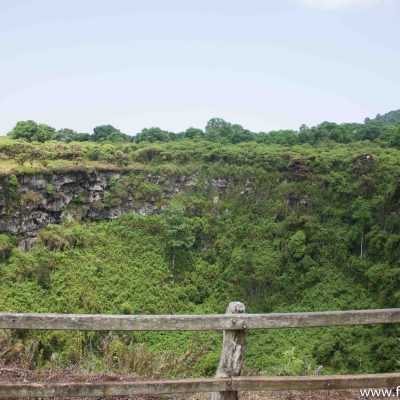
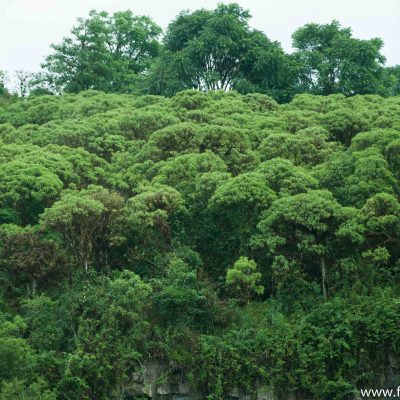
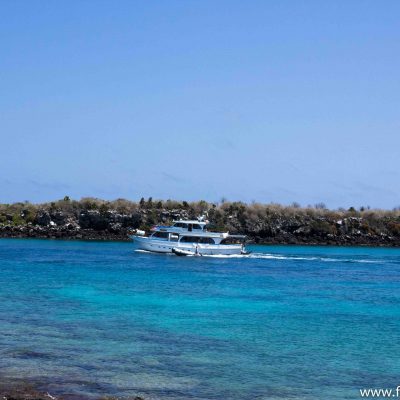
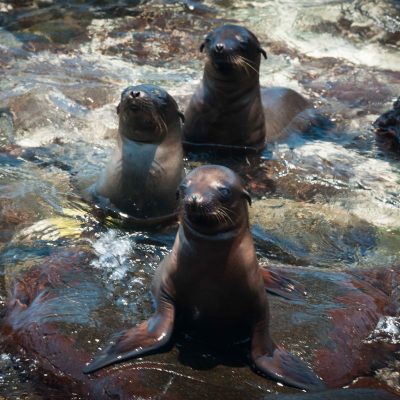
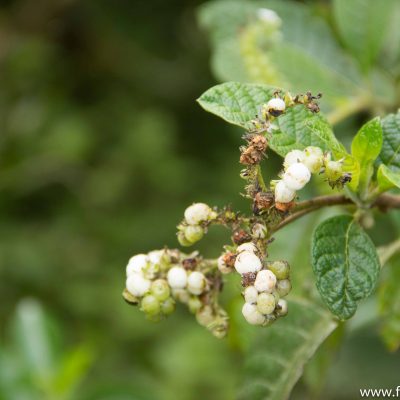
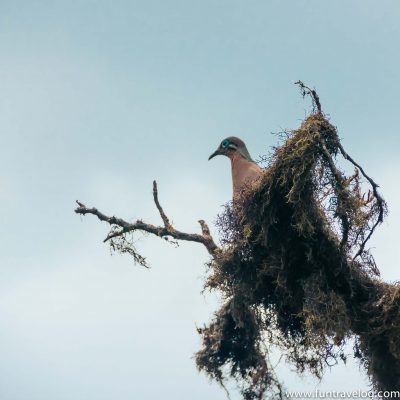
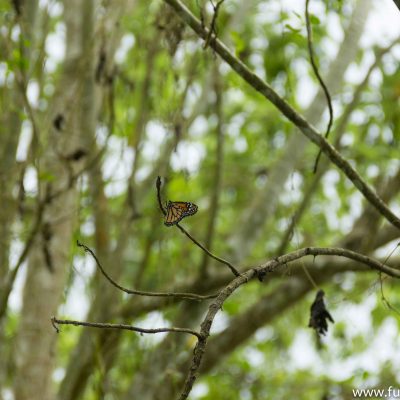
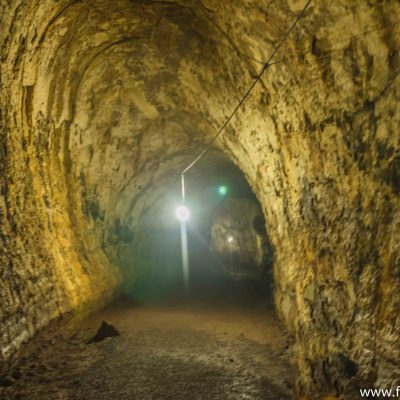
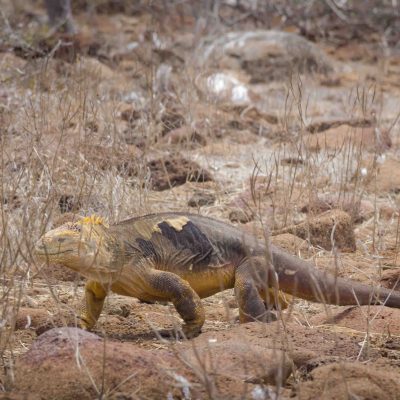
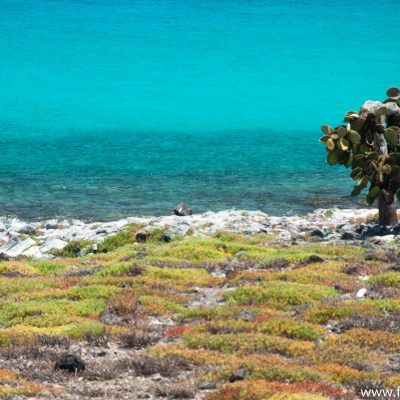
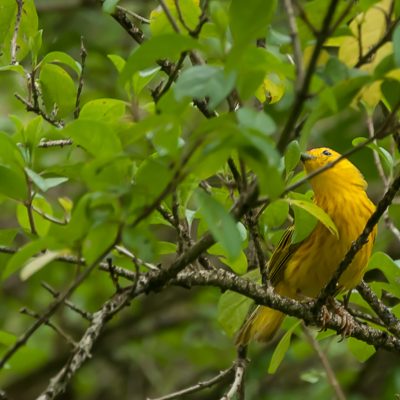
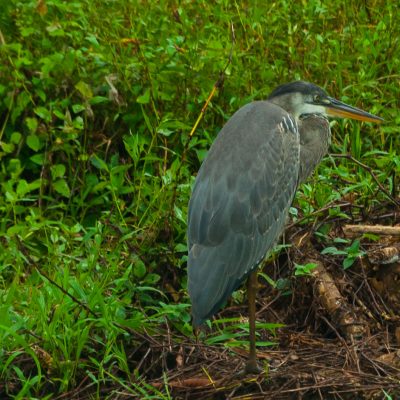
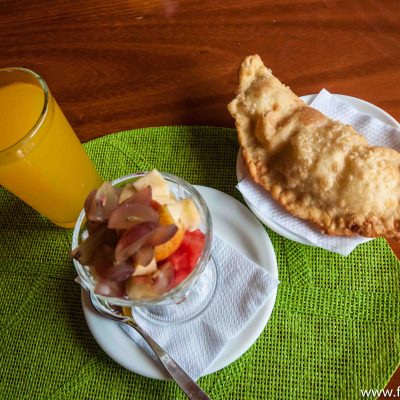
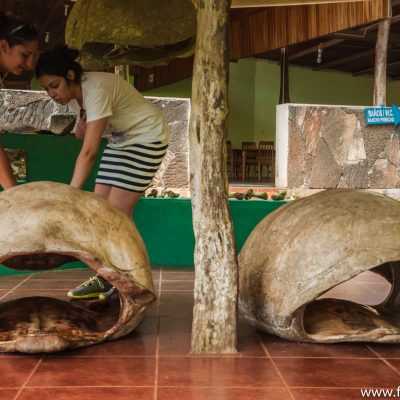
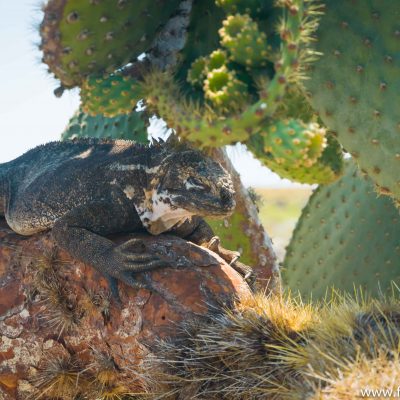
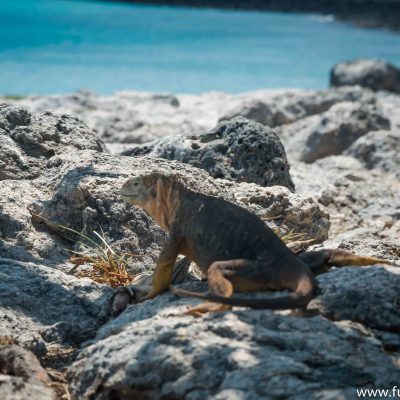
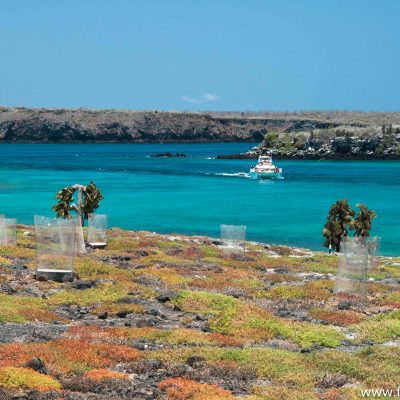
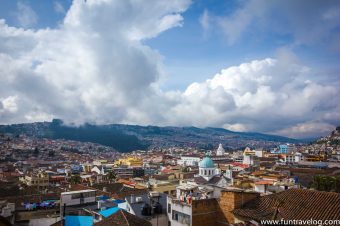
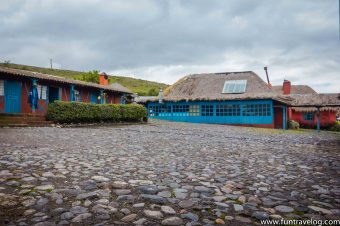
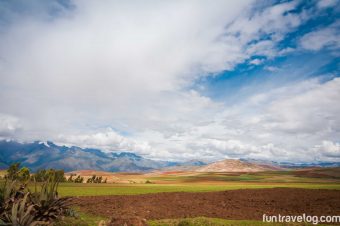
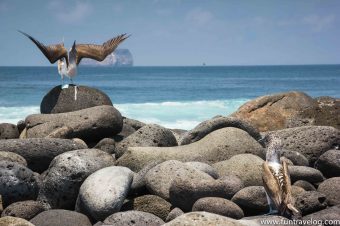
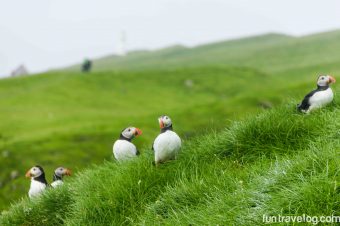
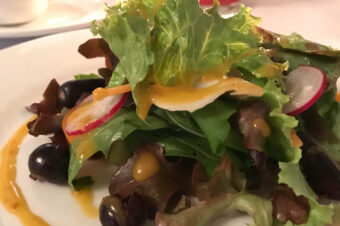
One Response
On the trail to Holmur Lighthouse, Mykines | Fun Travelog
[…] time we were surrounded by animals and birds who weren’t perturbed by human presence was in Galapagos. Watching wildlife in their natural habitat is a privilege city life does not offer. That made this […]